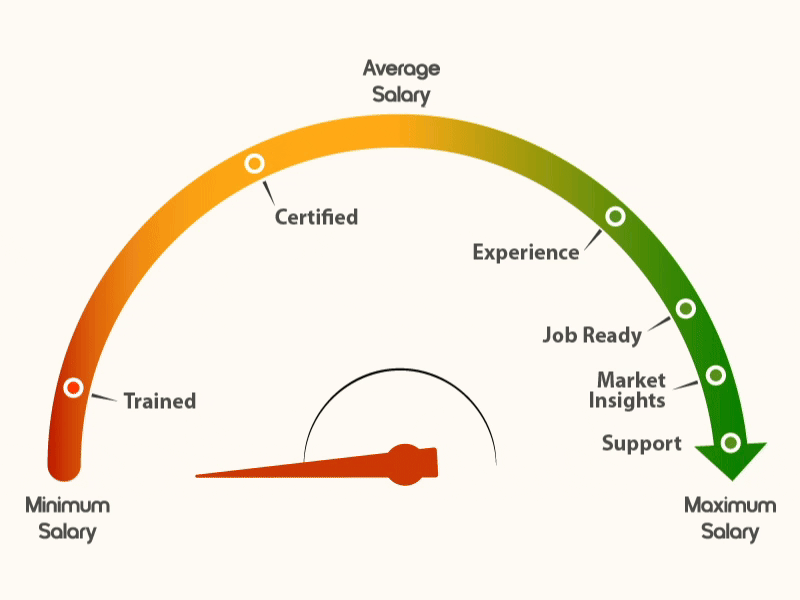Finance and Operations Apps Developer Associate
Flexible Schedule
1:1 Support
Hands-on Projects
Acquire Knowledge! Talk to Us.
The GET Advantage: Your Path from Learning to Earning:
- Build in-demand technical and soft skills, validated by industry-recognised certifications.
- Apply learning through real-world projects, case studies, and assignments that make you job-ready.
- Learn what employers want, align your skills with trends, and move towards higher-paying opportunities.
- Continuous mentorship, career coaching, and peer community to guide you beyond the course.
Course Overview
This course is tailored for developers aiming to extend, integrate, and customize Dynamics 365 Finance and Operations apps. You’ll master AOT elements, X++ coding, custom reporting (SSRS, Power BI), data migration, ALM strategies, and application lifecycle using Visual Studio and Azure DevOps. Topics include creating extensions, debugging, security roles, system performance optimization, and integrating external systems with OData, Logic Apps, and APIs. It’s ideal for those building scalable ERP extensions for enterprise clients.
Relevant Industries
ERP Consulting, Software Development, IT Services, Manufacturing, Supply Chain, BFSI, Public Sector.




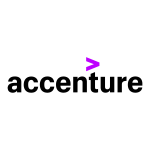










Overview of Technology
Dynamics 365 Finance and Operations is Microsoft’s flagship enterprise ERP solution, built on Azure and using tools like X++, Lifecycle Services (LCS), Application Explorer, and DevOps for full-stack enterprise development and delivery.
Why choose Acquledge for Dynamics 365 course?
Live Training Sessions
Flexible Schedules
Hands-on Experience
Vast Resource Library
Extensive Support
Enrollment Process
- Sign up on the platform and choose your preferred batch.
- Start your classes on the scheduled date .
- Get access to learning materials and project dashboards.
- Begin your training journey with expert-led sessions.
- Apply your learning through real-world case studies and projects.

Detailed Course Curriculum
- Plan for major components of finance and operations apps
- Differentiate between cloud and on-premises versions
- Reference key models of the application stack
- Implement application lifecycle management (ALM) and Lifecycle Services
- Manage environments using Lifecycle Services tools
- Research and resolve issues using Issue Search
- Prepare and deploy packages between environments
- Manage code upgrade processes
- Customize finance and operations apps using Visual Studio
- Create and manage extension models
- Design and build projects
- Manage metadata with Application Explorer
- Synchronize data dictionary changes with the application database
- Create elements using element designers
- Perform debugging activities
- Manage source code and artifacts using Azure DevOps version control
- Implement continuous integration and continuous delivery (CI/CD)
- Create and extend tables, forms, classes, and other Application Object Tree (AOT) elements
- Build extended data types (EDTs) and enumerations
- Optimize form performance
- Create and extend user interface elements
- Develop business logic using X++
- Develop object-oriented code and extend application functionality
- Implement and use test frameworks and tools
- Perform unit testing and use the Regression Suite Automation Tool (RSAT)
- Debug and troubleshoot code
- Create and modify reports and workspaces
- Use SQL Server Reporting Services (SSRS) and Power BI for reporting
- Optimize and customize reporting solutions
- Implement and manage data migration using data entities
- Export/import data and configure recurring data transfers
- Integrate with external systems using OData, Logic Apps, and custom web services
- Implement virtual entities and manage data synchronization
- Implement permission policies and security requirements
- Configure security roles and privileges
- Monitor and optimize application performance
- Use asynchronous processing and sandbox functionality
Similar Courses
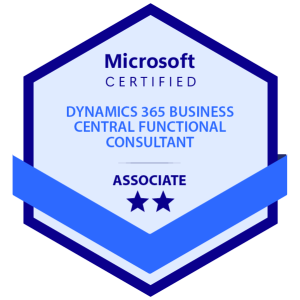
Business Central Functional Consultant Associate
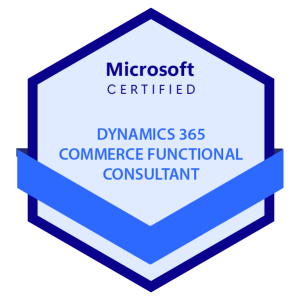
Commerce Functional Consultant Associate
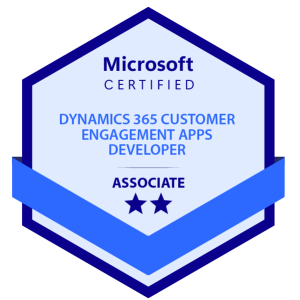
Customer Engagement Apps Developer Associate
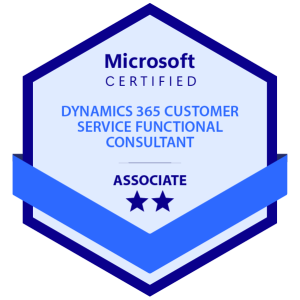
Customer Service Functional Consultant Associate
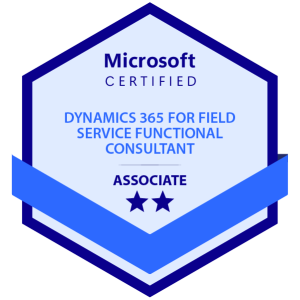
Field Service Functional Consultant Associate
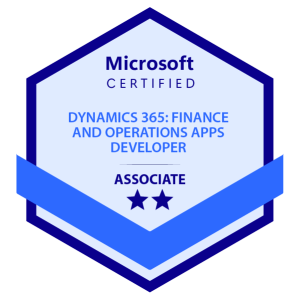
Finance and Operations Apps Developer Associate
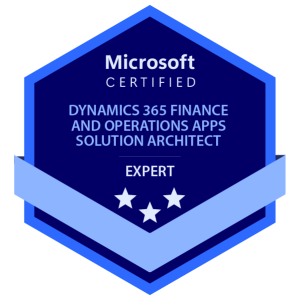
Finance and Operations Apps Solution Architect Expert
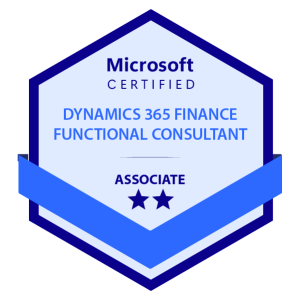
Finance Functional Consultant Associate
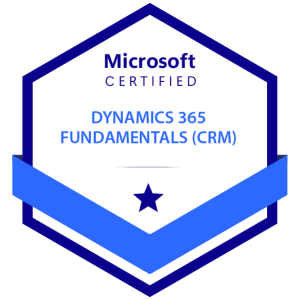
Dynamics 365 Fundamentals (CRM)
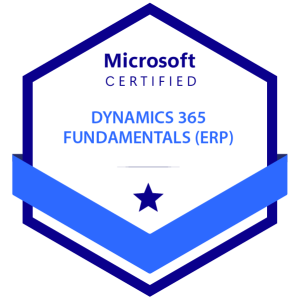
Dynamics 365 Fundamentals (ERP)
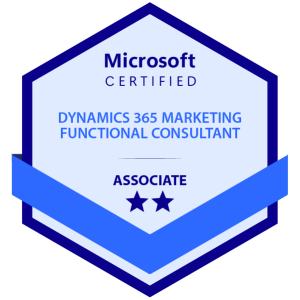
Marketing Functional Consultant Associate
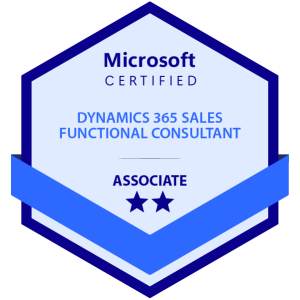
Sales Functional Consultant Associate
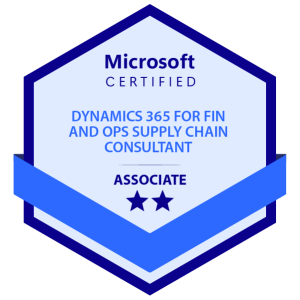
Supply Chain Management Functional Consultant Associate
Got Questions ? We've got Answers
Acquledge offers a range of online courses including certification programs, knowledge development, and professional upskilling across technology, business, finance, language, and more.
We provide both self-paced learning modules and instructor-led live online classes. Choose according to your schedule and learning preferences.
Yes, our courses are certified and recognized by relevant industry bodies and partners to ensure quality and global acceptance.
Every participant who successfully completes the course and meets assessment criteria receives a certificate that can boost your professional credibility.
Yes, our programs include job placement assistance, resume building, interview preparation, and career counseling to help you transition into new roles.
Fill the form :
Get in touch with us!
Fill in your details and book a demo. Talk to an expert and choose wisely.
For immediate assistance with course-related or technical questions, chat with us.
